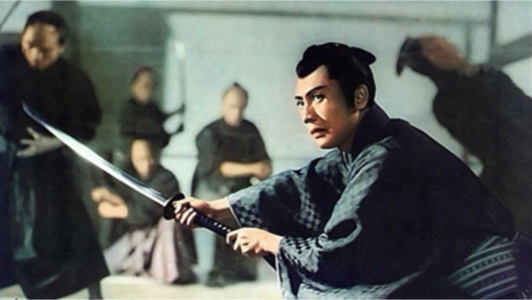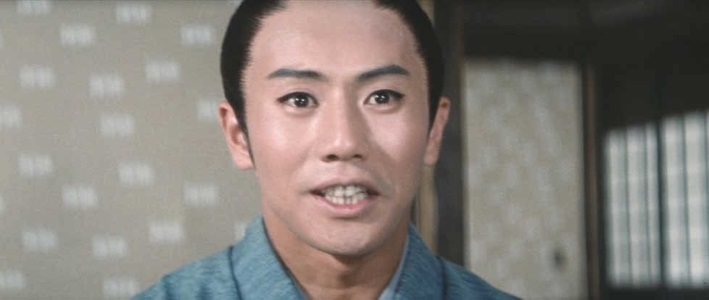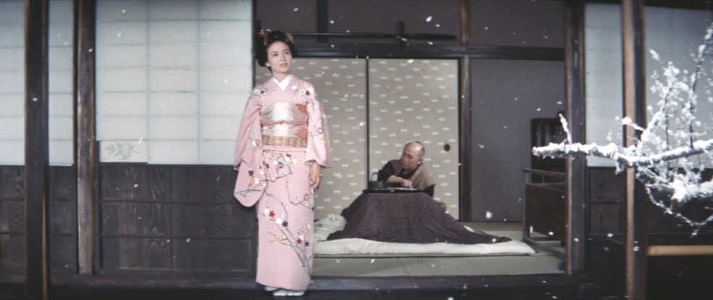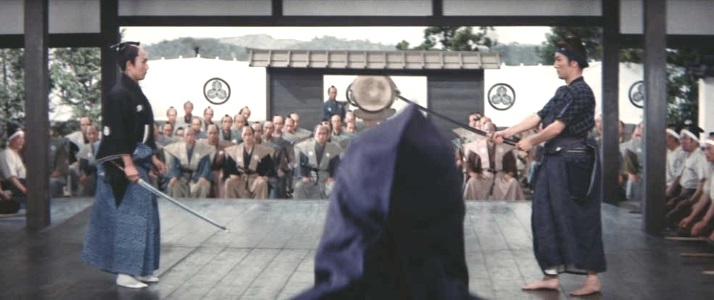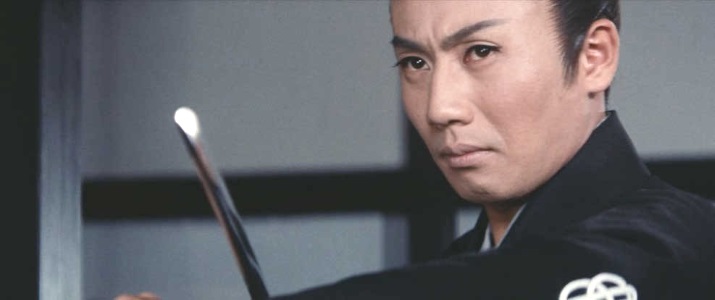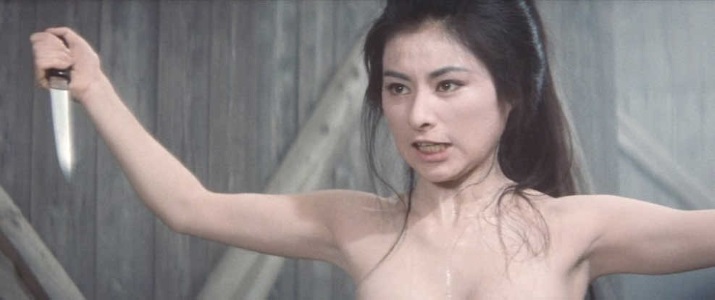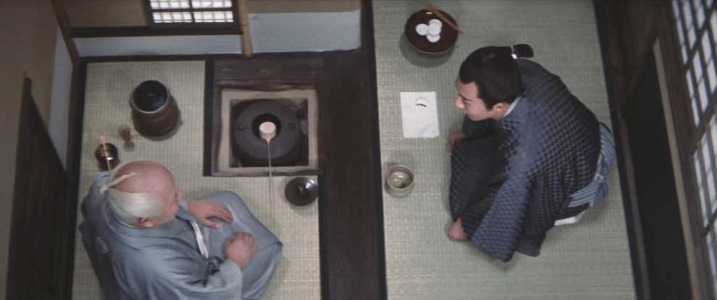Kiru
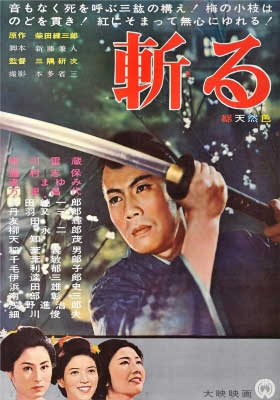
Director: Kenji
Misumi
Year: 1962
Rating: 7.5
Trans - Kill
Aka - Destiny's Son
Japan was embarking on an astonishing run
of commercial Chambara films over the decade and director Kenji Misumi was
at the forefront of it. These commercial samurai films were on a slightly
different track than the more formal ones from directors like Akira Kurosawa,
Hideo Gosha and Masaki Kobayashi. They shared much in common but many of
the more formal samurai films were steeped in history and Japanese culture
while the commercial ones were pulpier more sexual often based on a character
that became part of a long running series with spurts of high body count
action. Misumi had already directed the first two in The Satan's Sword films
starring Raizô Ichikawa as an immoral and savage samurai. Over the
next decade he was to direct many films in three of the biggest Chanbara
series - Zatoichi, Sleepy Eyes of Death and Lone Wolf and Cub. He directed
the first in the long-running Zatoichi series in this same year.
